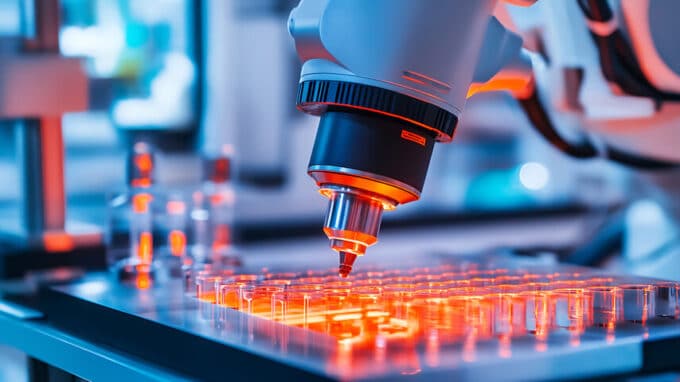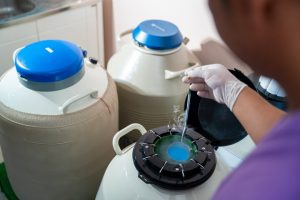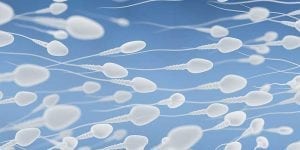Motile sperm are difficult to collect using conventional cell sorters because they are susceptible to physical damage. As part of a research collaboration between Kumamoto University and Kyoto University in Japan, a technique has been developed that uses a cell sorter with microfluidic chip technology to reduce cell damage and improve in vitro fertilization (IVF) rates. This research may help increase IVF rates and aid in the treatment of infertility.
Microfluidic Chip Technology for Sperm Selection
For high IVF rates, it is important to select fertile sperm with good motility. Conventional cell sorters use flow cytometry to separate specific cells by type and can be used to select sperm. However, sperm are susceptible to physical damage, making it extremely difficult to separate them without impairing their motility. To reduce damage to sperm, a research team led by Professor Toru Takeo at Kumamoto University attempted to develop a sperm selection technique using a cell sorter with microfluidic chip technology that reduces harmful effects on the cells. Microfluidic devices have tiny channel structures with widths and depths ranging from a few to several hundred micrometers and are widely used in chemical and biotechnological research.
When investigating the optimal conditions for separating sperm from a culture medium using their device, the researchers succeeded in obtaining mouse sperm that retained their motility. In addition, eggs fertilized by IVF using sperm obtained with this device developed into newborn mice after transfer to female mice. This technology can also be used to improve IVF. In the final stage of maturation, before entering the egg and fertilization, sperm undergo morphological and physiological changes known as the acrosome reaction, which prepare them for fertilization of an egg. To test whether they can increase fertility, the researchers produced a fluorescent substance that binds to fertile sperm and used the device to sort them from infertile sperm. Comparative IVF experiments showed that the fertile sperm had a higher fertilization rate than the infertile sperm.





